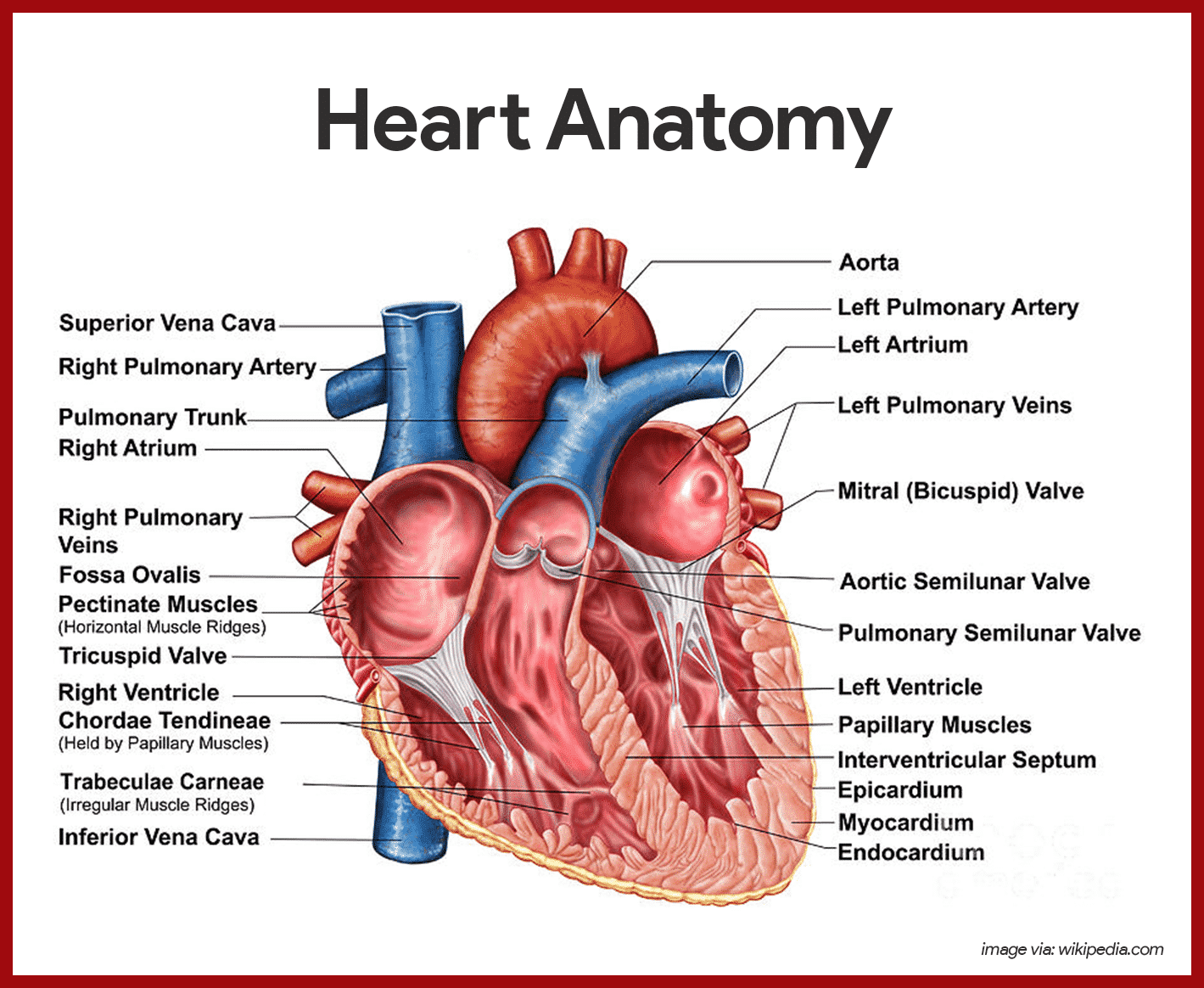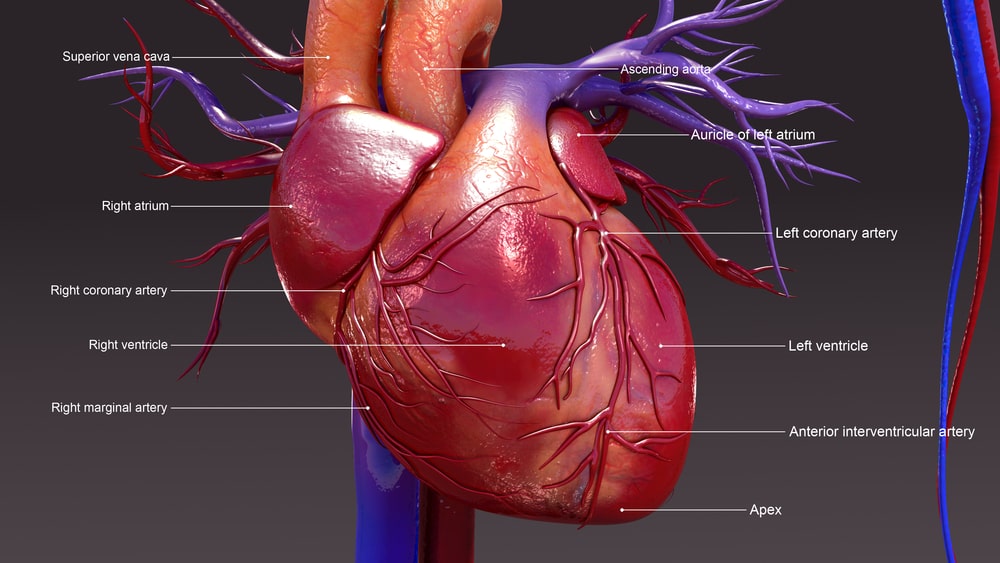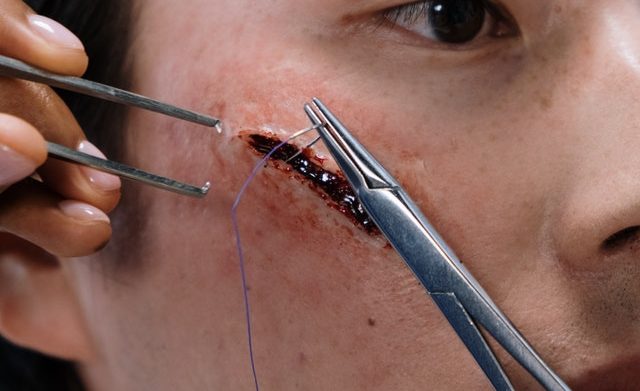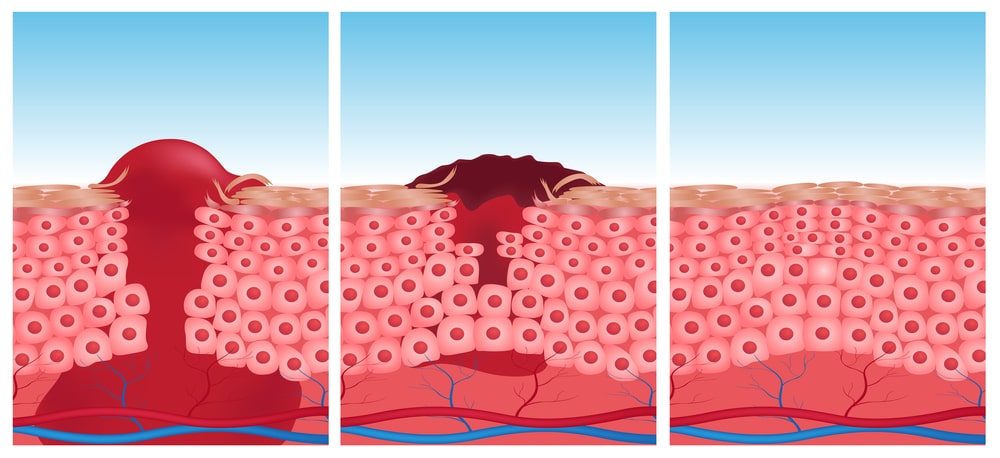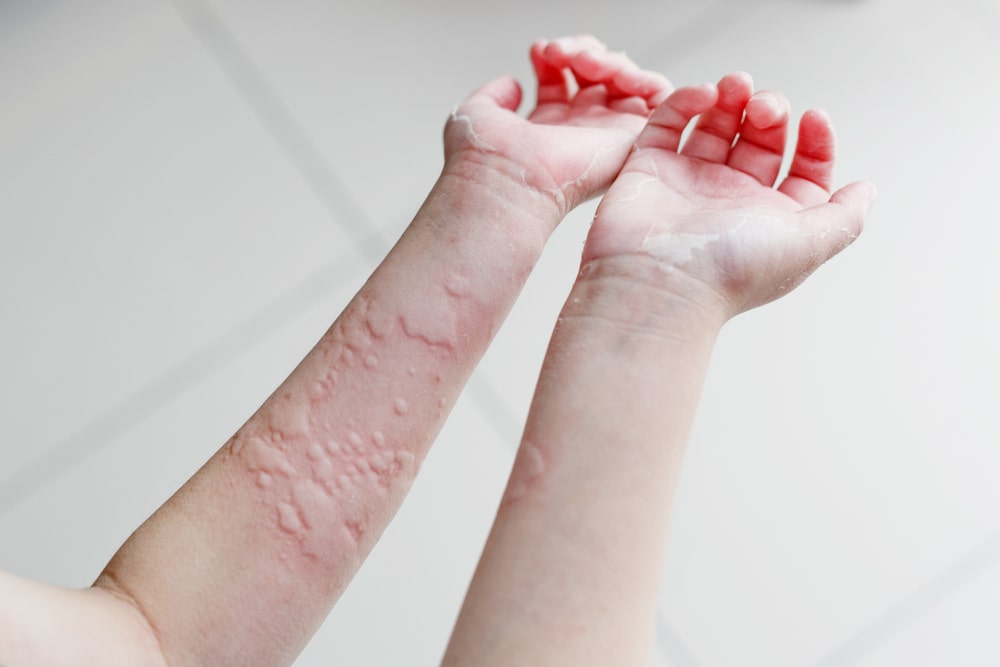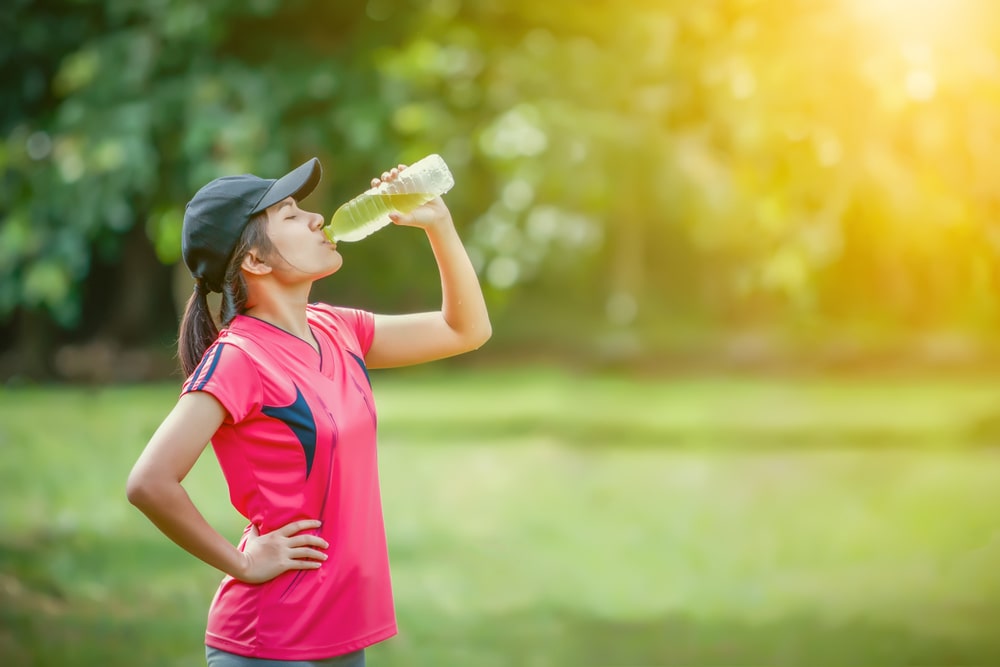Physiology of the Heart
Physiology of the Heart: At any given time, the chambers of the heart may be found in one of two states: Systole: During systole, cardiac muscle tissue contracts to push blood out of the chamber. Diastole: During diastole, the cardiac muscle cells relax to allow the chamber to fill with blood.Blood pressure increases in the … Read more
